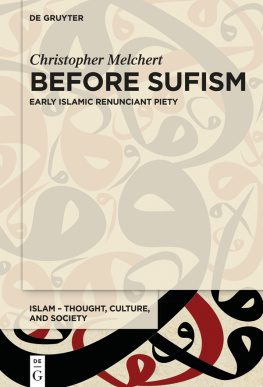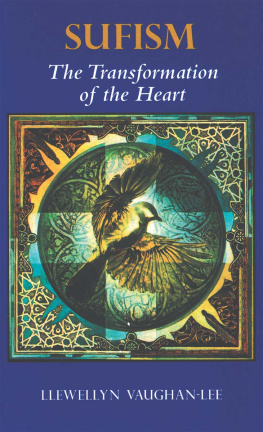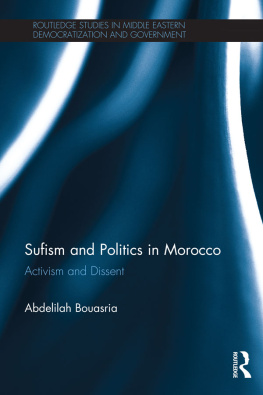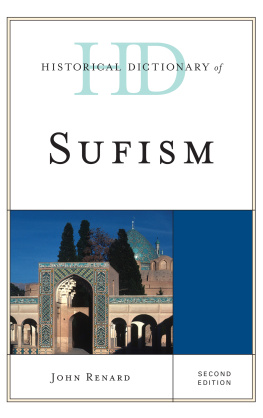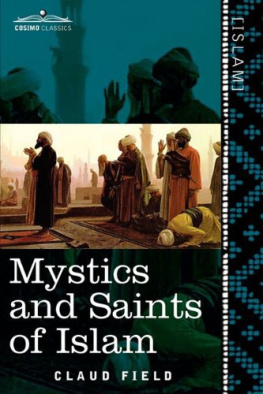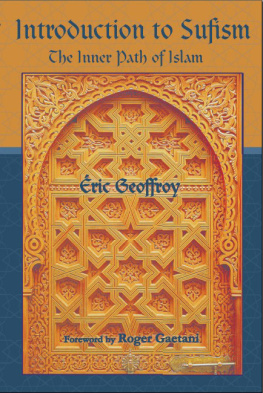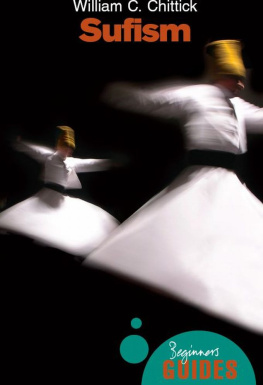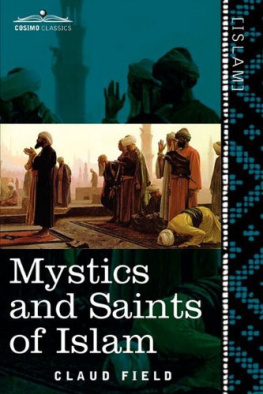Praise for Mystical Dimensions of Islam
A truly beautiful book.... Radiates an elegance of style.... Replete not only with the poetic insight of the author but with her unquestioned scholarly mastery over materials from the vast culture-sphere of Islam.
International Journal for Philosophy of Religion
Combines scholarly criticism with sympathetic appreciation.... Progresses historically from the rise of Islam to the modern day, with ample commentary and phenomenological discussion.
Journal of the American Academy of Religion
Beautifully written.... The best and most comprehensive study on Islamic mysticism in the English language.
Religious Studies Review
One of the best general books on Sufism.
The Jewish Quarterly Review
Schimmel is an undisputed authority in this field.... [This] is the most comprehensive and satisfactory survey of the subject, filled with as much empathy and feeling as erudition.... Invaluable.History of Religions
Comprehensive, detailed, and combines sophistication in religious studies with high-level competence in the original sources.... Provides far more detail, depth of analysis, breadth of geographical coverage, and sustained clear explication and interpretation of individual topics than can be found in any other survey [of Sufism] in English.
Journal of Near Eastern Studies
Students of Islam and of comparative religionas well as those who respond to mysticismare deeply in the authors debt for giving us what will surely be the standard treatment of Sufism for a long time to come.America
A major addition to the literature on [Sufism], surpassing in scope and detail all general surveys of Sufism that have hitherto been attempted in western languages. It is destined to become not only a standard introductory textbook, but also a primary source of reference for those who concern themselves, in more specialized manner, with this dimension of Islam.... Rich, learned, comprehensive and attractive... a waymark in the western scholarly study of Sufism.
Journal of the American Oriental Society
[Assists] the reader in gaining an appreciation of [Sufisms] multifaceted richness.... An excellent introduction to the study of the subject.
The International Journal of African Historical Studies
A well-balanced and perceptive general introduction to Sufism.... It is more than an historical account of the development of Sufism; it also deals with the cultural manifestations of mysticism in Islam.Contemporary Sociology
The approach is comprehensive and informal, the style anecdotal and entertaining, the authors erudition never obtrusive but always reassuringly present.
Bulletin of the School of Oriental and African Studies, University of London
A superb achievement.... The author has read all the mystics in the original, and all the important works by European scholars. Yet this solid scholarship (evidenced also by the very full bibliography) is completely hidden by a charming and eminently readable style, and by a sureness and lightness of touch which retain the interest of the reader and carry him effortless along.
Journal of Semitic Studies
MYSTICAL DIMENSIONS OF ISLAM
1975 The University of North Carolina Press
Foreword 2011 The University of North Carolina Press
All rights reserved
Manufactured in the United States of America
The paper in this book meets the guidelines for permanence and durability of the committee on Production Guidelines for Book Longevity of the council on Library Resources.
The University of North carolina Press has been a member of the Green Press Initiative since 2003.
The Library of congress has cataloged the original edition of this book as follows:
Schimmel, Annemarie.
Mystical Dimensions of Islam.
Includes bibliographical references.
1. Sufism. I. Title.
BP189.2.S34 297.4 73-16112
ISBN 978-0-8078-9976-2 (pbk.: alk. paper)
15 14 13 12 11 5 4 3 2 1
TO THE SAINTS OF SHIRAZ
CONTENTS

ILLUSTRATIONS

- The Martyrdom of al-allj /
- Woman in Trance /
- Abl-Adyn Passing through the Pyre /
- Rembrandts Copy of a Mogul Miniature /
- ann Tending the Swine /
- Saint with Tame Lions /
FOREWORD
to the 35th Anniversary Edition
Mystical Dimensions of Islam, from its first appearance in 1975, has become the standard English-language handbook on the subject of Sufism or Islamic mysticism. Readers have appreciated the way the book combines careful and wide-ranging scholarship with a direct and approachable style, making it an excellent introduction to the topic. In the original foreword, Annemarie Schimmel described the dauntingly difficult character of Islamic mysticism as a subject of academic research. At the same time, she acknowledged that it was the repeated demands of her students at Harvard that caused her to put her lectures into book form. What is it about this book that has made it such a classic?
Most academics would agree that no scholar in the last half of the twentieth century had a greater impact on the study of Islamic mysticism than Annemarie Schimmel (19222003), formerly professor of Indo-Muslim studies at Harvard University. Among her many achievements, she earned two doctorates from German universities, the first from Berlin in Arabic and Islamic studies at the age of nineteen and the second, ten years later, from Marburg in the history of religion. Her work embraced many other languages of Islamic civilization besides Arabic, including Persian, Turkish, and Urdu, as well as other languages of South Asia. She authored over eighty books and countless articles on all aspects of Islamic culture, but clearly Sufism was her first love. She produced autobiographical
Schimmels deep familiarity with Sufism, and her obviously sympathetic approach, clearly distinguished her book from the learned but pedantic publications on the subject that had previously characterized English-language scholarship. While R. A. Nicholson and A.J. Arberry had been careful and dedicated scholars in this field, they had their limitations, including a somewhat remote scholarly perspective based in classical European Orientalism. Unlike armchair scholars, throughout her career Schimmel traveled extensively and had numerous close friendships in Muslim countries. She had an extensive grasp of modern scholarship on Islamic studies in numerous languages, which she combined with an encyclopedic knowledge of texts that she could quote from memory. She relied upon the formidable tools of philology and history for research, and she used the comparative language of the phenomenology of religion to explain her insights thematically. She was able to discuss this complex material in a lively and engaging fashion, which made even the most obscure references intriguing and fascinating. Her discussions of the history of European scholarship on the study of Islam and Sufism were absorbing even as she delineated the eccentricities of her predecessors. Mystical Dimensions of Islam is particularly rich in its discussion of the spirituality of the Prophet Muhammad, the poetry of Rumi and other Persian Sufis, the feminine element in Sufism, and the extensive presence of Sufism in the Indo-Pakistan subcontinent. In short, it is an excellent example of how a well-honed classroom presentation can become the basis for a book that will appeal to a wide range of readersboth inside and outside the classroom.




